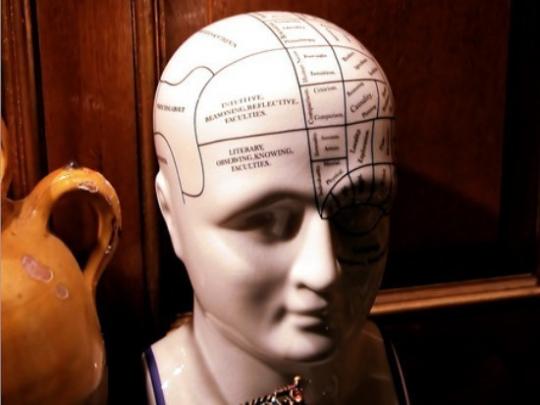‘Human Brain Cancer model’- developed by researchers
 The very common type of deadly brain cancers in humans now can be understandable by the mouse model of glioblastoma. Inder Verma, the Director of the Laboratory of Genetics at the Salk Institute said, "This mouse model taught us the basic principles of cancer biology."
The very common type of deadly brain cancers in humans now can be understandable by the mouse model of glioblastoma. Inder Verma, the Director of the Laboratory of Genetics at the Salk Institute said, "This mouse model taught us the basic principles of cancer biology."
Though this model will help to simulate the disease of brain cancer but it cannot fully find the molecular complexity in brain cancer patients.
The researchers are trying to mimic occurring mutations that lie at the heart of all tumours, and use modified viruses to shuttle cancer-causing oncogenes, a protein-encoding gene that causes cancer when deregulated - into a handful of cells in adult mice.
This mouse model of human cancer would be very useful in reproducing different types of tumours and also to check the nature of elusive cancer stem cells. It relies on xenografts in which human tumour tissue are transplanted in mice programmed to develop tumours quickly.
According to Tomotoshi Marumoto, co-author and an assistant professor at the Kobe Medical Centre Hospital in Kobe, Japan, "These tumours are very reproducible, but this approach ignores the fact that the immune system can make or break cancer."
Verma added that their cancer model will allow them to start understanding the biology of glioblastoma and to find out answers to many queries related to cancer stem cells. It can also help to investigate lung, pancreatic and pituitary cancers.